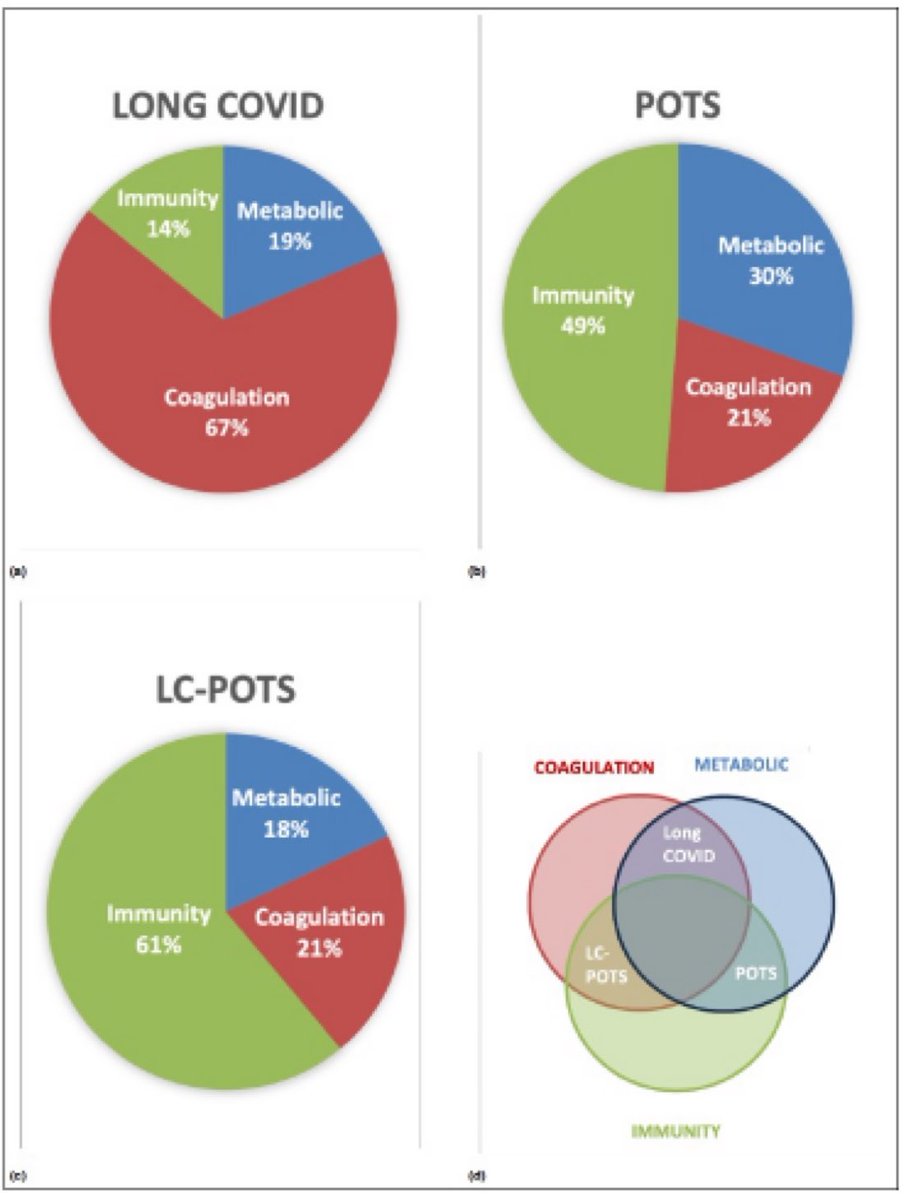
How to get URL link on X (Twitter) App

https://twitter.com/rwittenbrink/status/2008895034092052791A new preprint study followed the same individuals before and after SARS-CoV-2 infection and asked a simple question -
https://twitter.com/harryspoelstra/status/2007742018131280195What study is this?
https://twitter.com/cellreports/status/2006833125163442277In mouse models, long-term metformin exposure caused thymic shrinkage - the thymus is where T cells are made and educated.

https://twitter.com/resiapretorius/status/2006324489827549604It’s not just how much protein, but how proteins are chemically modified (oxidation, glycation, etc), shifting them toward pro-coagulant behavior and impaired microcirculation - and different phenotypes (Long COVID vs POTS) show different PTM signatures.
https://twitter.com/davidjoffe64/status/2005023131942216175Think of glymphatics as the brain’s plumbing. CSF (brain fluid) flows along blood vessels, mixes with fluid between cells, and helps wash out metabolic waste. It’s strongly tied to sleep, vessel pulsations, and astrocyte water channels (AQP4).
https://twitter.com/harryspoelstra/status/2004920362312597521That’s the paradigm shift.
https://twitter.com/HarrySpoelstra/status/2004478108397707470A new paper in Journal of Autoimmunity builds on a classic idea in immunology - molecular mimicry. Some short stretches of the SARS-CoV-2 spike protein may resemble parts of human proteins involved in reproduction.
https://twitter.com/ahandvanish/status/2003199122497781919A large real-world preprint analysis (~193,000 people, 2020–2025) suggests that people chronically taking antihistamines had
https://twitter.com/manruipa/status/2003186198060368273Here’s the paradox.
https://twitter.com/rwittenbrink/status/2001343376445383070Cells contain long non-coding RNAs (lncRNAs).
https://twitter.com/harryspoelstra/status/1999851663578821104The authors analyzed long-term changes in gene expression in peripheral blood mononuclear cells (PBMCs) one year after COVID-19 infection.
https://twitter.com/yash25571056/status/1999453012126052683The study analyzed 142 individuals, including 28 patients with long COVID.
https://twitter.com/HarrySpoelstra/status/1997614865876189441Why this matters.
https://twitter.com/yash25571056/status/1996914534469324983Study headline result.

https://twitter.com/nicolasberrod/status/1996616016445554891The bottom line - vaccinated individuals had about 25% lower risk of overall death (all-cause mortality) compared with people who never got vaccinated.